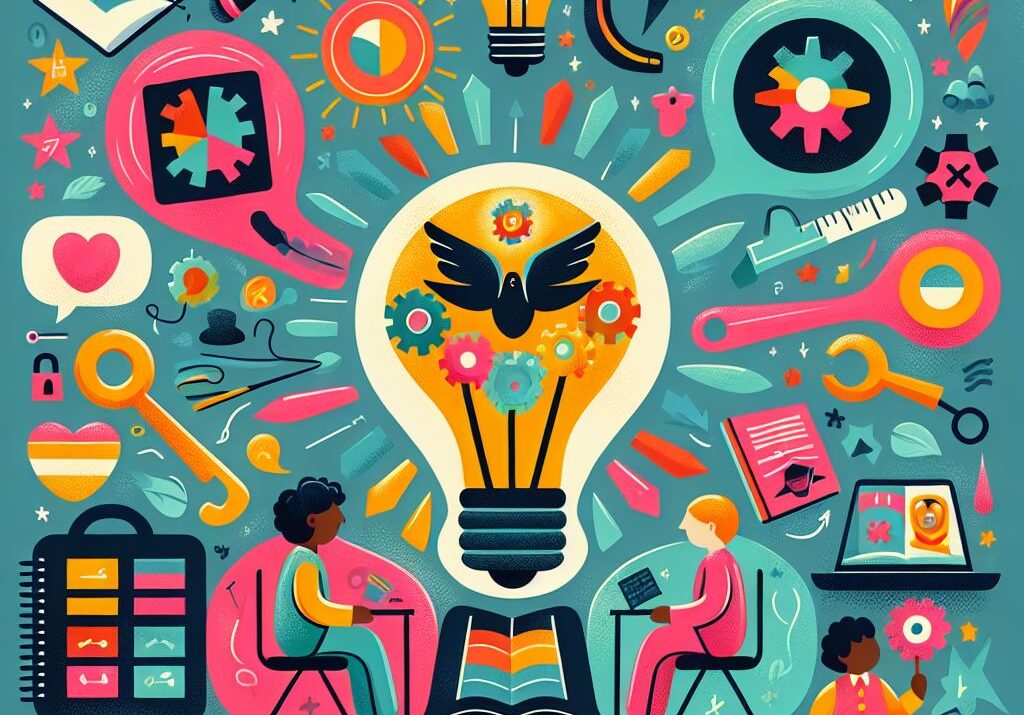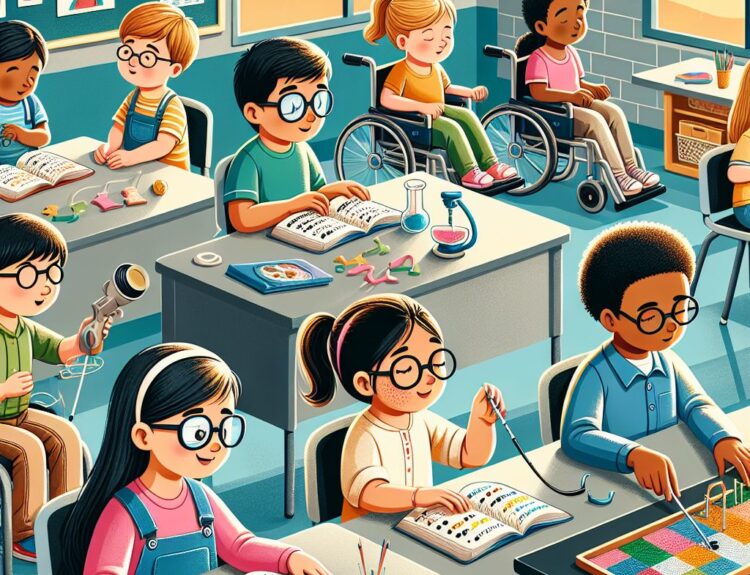Introduction
Special education is a critical aspect of the broader educational system, designed to ensure that learners with unique needs obtain the necessary resources to thrive. As observed by the U.S. Department of Education, special education programs must be tailored to meet the individual requirements of exceptional learners. This article delves into the importance of empowering these learners through specialized resources and outlines the significance of this topic for three primary reasons:
• Empowering exceptional learners through special needs resources fosters an inclusive learning environment.
• Such resources cater to the diverse learning needs, promoting academic success for all students.
• They enhance the learners’ self-esteem and independence, thus improving their overall life quality.
The Concept of Special Needs Education
Special needs education primarily involves tailoring instruction methods and school resources to meet the unique learning requirements of students with disabilities. According to the National Center for Learning Disabilities, special education resources should be designed to ensure that these students have equal opportunities to succeed in school and life. Therefore, it is crucial that educators, caregivers, and policymakers understand and implement effective strategies to cater to these learners’ unique needs.
Types of Special Needs Resources
There is a wide array of resources available to assist exceptional learners in their educational journeys. These range from individualized education plans (IEPs), assistive technology, specialized curriculum, therapeutic support, to teacher training programs. For instance, the U.S. Department of Education emphasizes the importance of IEPs, which are legally binding documents outlining a student’s learning goals and the services the school will provide to help achieve these goals.
The Role of Technology in Special Needs Education
Technology has significantly impacted special needs education, offering innovative tools that aid learning. As highlighted in the article Virtual Academia: Navigating Higher Education through Distance Learning, technology can enhance access to education for students who may face physical or geographic barriers. There are numerous assistive technology tools designed specifically for exceptional learners, including text-to-speech software, alternative keyboards, and adaptive switches, which contribute towards making learning more accessible and engaging.
Challenges and Solutions in Special Needs Education
Despite the significant strides made in special needs education, several challenges persist. These include inadequate funding, lack of trained teachers, and societal stigmatization. However, these challenges can be mitigated through increased government funding, teacher training, and public awareness campaigns. Furthermore, as discussed in the article Advancing Education from Afar: The Future of Distance Learning in Higher Education, distance learning can provide viable solutions to some of these challenges, such as accessibility and inclusivity issues.
Conclusion
In conclusion, special needs education resources are invaluable in empowering exceptional learners to realize their full potential. They not only foster inclusive learning environments but also promote academic success and enhance learners’ self-esteem and independence. Despite the challenges faced in this sector, technology and innovative strategies, such as distance learning as explored in Expanding Horizons: The Future of Distance Learning in Higher Education, offer promising solutions. Therefore, all stakeholders should strive to adopt and implement these resources to ensure that all learners, regardless of their abilities, have access to quality education.







